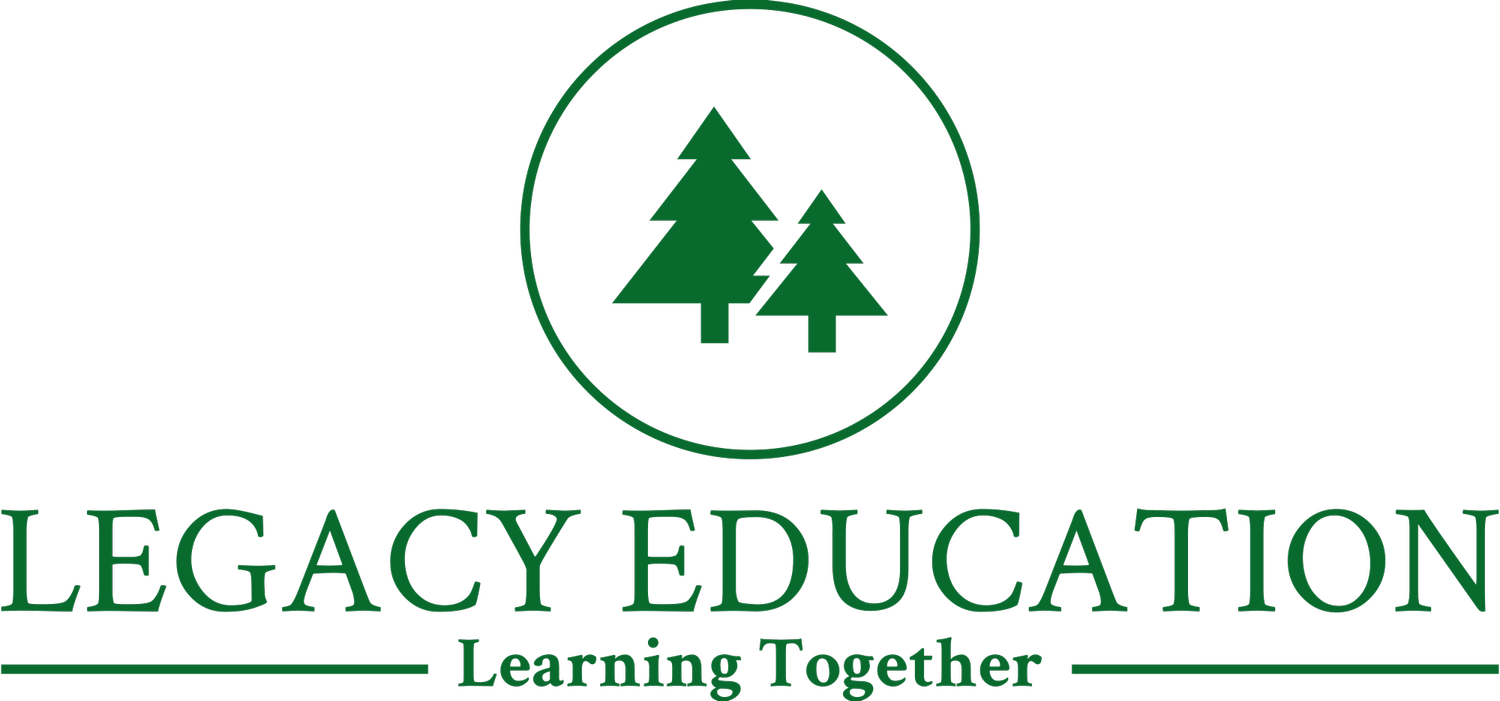The Invisible Teacher In Every Classroom
The Learning Environment
Every classroom has an invisible teacher. It’s not the one standing at the front of the room or grading papers late into the night. It’s the learning environment itself—the unseen "force" that shapes how students learn, interact, and grow.
We often think of teaching as a series of actions: delivering lessons, giving feedback, managing behavior. But the environment—the tone, structure, and culture of the classroom—is just as powerful a teacher. In fact, it’s often the most consistent one, influencing students whether the teacher is present or not.
But here’s the secret: this invisible teacher doesn’t appear on its own. It’s created, molded, and shaped by the teacher at the helm.
The Simple View of Learning Environments
The X-axis represents achievement—what students learn and how well they perform.
The Y-axis represents the quality of the learning environment—how supportive, challenging, and engaging the space is.
These two factors interact to create four distinct classroom experiences:
1. High Achievement, Low Quality Environment (Pressure Cooker)
Students achieve academically, but at a steep cost. The atmosphere is rigid, high-pressure, and joyless. These environments may look successful on paper, but they wear down students and teachers alike. Many students here are left behind due to the authoritarian nature of an instructor.
2. Low Achievement, Low Quality Environment (Crisis Zone)
Both achievement and the environment are lacking. Students struggle, and the classroom feels chaotic or disconnected. These spaces are uninspiring, are difficult to learn in, and cry out for transformational change.
3. Low Achievement, High Quality Environment (Nurturing but Missing the Mark)
Students feel valued and supported, but academic rigor is low. These classrooms are warm and welcoming, but without clear goals and high expectations, students leave underprepared.
4. High Achievement, High Quality Environment (Thriving Zone)
This is the sweet spot. Students excel academically and feel safe, connected, and motivated. Teachers know how to communicate learning with students in meaningful ways, understands how they learn new skills, and helps them plan and understand the steps involved in each lesson. In these classrooms, achievement and well-being feed into each other, creating a cycle of sustained success.
How Teachers Create the "Invisible Teacher"
The invisible teacher—the environment—exists because of deliberate choices the visible teacher makes. Every decision, no matter how small, contributes to the culture and tone of the classroom.
Language and Expectations: The way a teacher speaks to students, the feedback they provide, and the expectations they set create the foundation of the learning environment. Do students feel encouraged or criticized? Supported or judged?
Structures and Routines: Clear, predictable routines help students feel safe and confident. For example, starting each class with a calming check-in or ending with a moment of reflection teaches students that their voices matter and that learning is a shared journey.
Responses to Mistakes: How a teacher handles errors says more about the environment than any classroom decoration ever could. A response that treats mistakes as opportunities for growth fosters resilience, while one that assumes emphasizes blame and creates fear.
Classroom Layout: Even the physical setup matters. Accessible materials and designated classroom spaces sends messages of inclusion and adaptability. These small choices teach students that they are welcome, valued, and capable.
Moving Toward the Thriving Zone
To create “Thriving Zone” classrooms, teachers must consciously build environments where achievement and the quality of the space are in harmony.
Focus on Relationships: A teacher’s belief in a student’s potential often determines whether they believe in themselves. Build trust and connection through consistent communication and understanding. Empathy has become a buzzword, but it is vital for teachers who want to understand students' starting points rather than assume intentions or faults.
Foster Curiosity: Design a space where students feel safe to explore, question, and take intellectual risks. Curiosity is the spark that ignites meaningful learning.
Adapt for Neurodiversity: Teachers who embrace the unique strengths of neurodiverse students—whether through flexible assignments, sensory-friendly spaces, or differentiated instruction—create environments where every learner can thrive.
Balance Rigor and Support: High expectations paired with emotional and practical support help students achieve their best without sacrificing their well-being.
The Real Teacher in the Room
The learning environment is always teaching. It whispers messages about what’s valued, who belongs, and how far students can go. The question isn’t whether the environment is teaching—it’s what lessons it’s imparting.
The best classrooms are those where the invisible teacher is an ally, shaped with care and intention by the visible teacher. These classrooms challenge students academically while surrounding them with support and encouragement. They’re places where achievement and well-being are not at odds but inextricably linked.
When teachers take the time to create environments that amplify strengths, prepare for differences, and foster curiosity, they unlock the full potential of every learner. The invisible teacher becomes the most powerful educator in the room.


